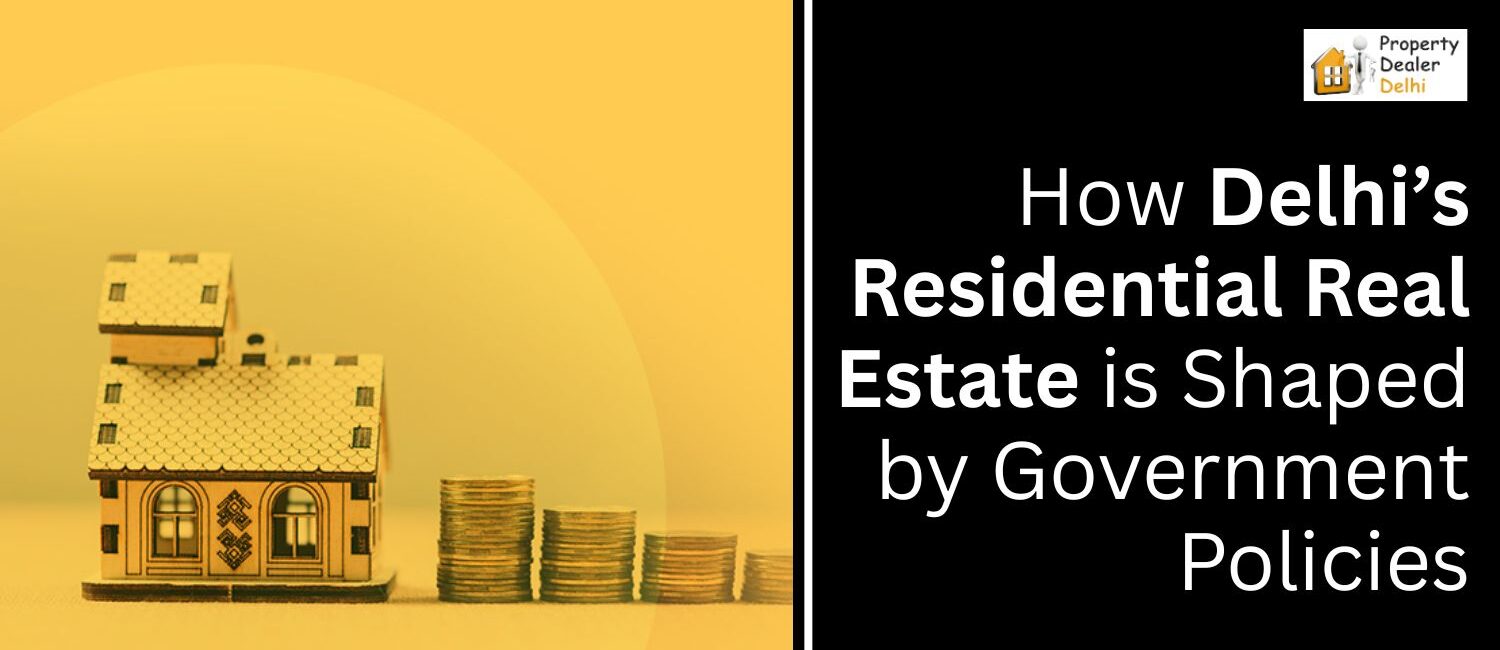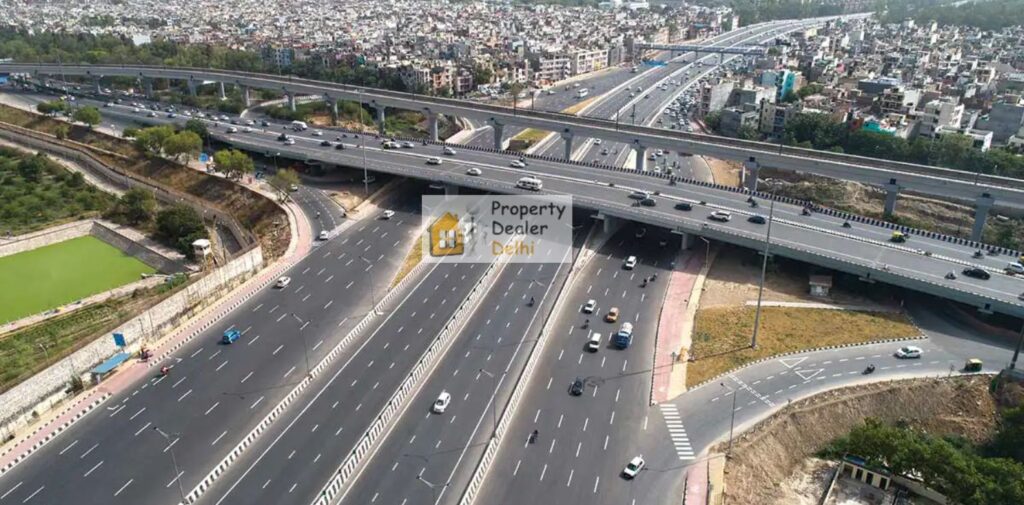
Delhi residential real estate market has witnessed significant growth and transformation over the years, largely due to various government policies. These policies not only regulate the market but also encourage development, help maintain affordability, and ensure that the city grows in a sustainable way. From affordable housing schemes to urban planning and infrastructure development, the government plays a crucial role in shaping the residential real estate landscape in Delhi. This article explores how different government policies have impacted Delhi’s real estate sector.
Affordable Housing Schemes
One of the most significant government initiatives that have shaped the residential real estate market in Delhi is the Pradhan Mantri Awas Yojana (PMAY). Launched by the Government of India, this scheme aims to provide affordable housing for all by 2022. The PMAY has been particularly beneficial for middle-income and economically weaker sections of society. It offers subsidies on home loans, making it easier for families to own a home in the city.
The government has also introduced various projects under this scheme in Delhi, where developers are building homes that are affordable yet equipped with essential amenities. These projects have been particularly focused on areas with good connectivity, such as Dwarka, Rohini, and Najafgarh. By making homes more affordable, these initiatives have boosted the residential real estate sector, especially for first-time homebuyers.

Land Use and Zoning Regulations
The government’s role in residential real estate also involves zoning regulations and land-use policies, which decide where and how homes can be developed in the city. Delhi’s Master Plan, which is a detailed guideline for urban development, determines how land is utilized in different parts of the city. It helps in managing the growth of residential areas while ensuring that the city does not face overcrowding or depletion of resources.
The Master Plan also introduces provisions for the development of green spaces, roads, and other amenities, making sure that residential projects are built in a planned and sustainable manner. For example, residential developments in areas like Dwarka, which is a well-planned sub-city, are benefiting from these zoning regulations that ensure ample green space, proper road networks, and essential facilities for residents.
Regulation of Real Estate Prices
Government policies also play a key role in regulating property prices, which can otherwise be volatile due to demand and supply dynamics. Through policies like the Real Estate (Regulation and Development) Act, 2016 (RERA), the government has brought more transparency and accountability to the sector. RERA ensures that developers adhere to deadlines and deliver homes as promised, providing legal protection to homebuyers.
RERA also regulates the pricing of properties, preventing unreasonable hikes and offering better protection against unethical practices in the market. This regulation has boosted consumer confidence and has made buying homes in Delhi safer for investors. As a result, middle-income buyers are more likely to enter the market, and long-term investors are also feeling secure about the stability of their investments.

Infrastructure Development and Connectivity
Infrastructure development has a huge impact on the residential real estate market in Delhi. The government has invested heavily in improving Delhi’s infrastructure, such as the expansion of the metro network, development of highways, and improving the quality of roads. These infrastructure developments have directly impacted the real estate sector by increasing the demand for residential properties in well-connected areas.
Areas near metro stations, like Dwarka and Noida Extension, have seen a surge in property prices as the metro network makes commuting easier. Similarly, the development of new flyovers and expressways has opened up new areas for residential development. For example, the development of the Dwarka Expressway has significantly boosted property prices in surrounding areas like Sector 110 and Sector 113 in Gurgaon, making them ideal for real estate investment.
Policy Support for Green and Sustainable Housing
In recent years, the government has also focused on promoting green and sustainable housing projects. With rising concerns about environmental impact, the government has introduced policies that encourage developers to adopt eco-friendly building practices. The Delhi government has made it easier for developers to construct green buildings by providing incentives like faster approval processes for projects that meet sustainability criteria.
Green buildings are designed to use energy-efficient materials and incorporate renewable energy sources like solar panels. They also minimize waste and water usage, helping to conserve resources. As more developers adopt these practices, residential real estate in Delhi is becoming more environmentally friendly, which is not only good for the environment but also adds long-term value to properties.
Conclusion: Delhi Residential Real Estate
The government plays an important role in shaping the residential real estate market in Delhi through policies and regulations that guide development, ensure affordability, and promote sustainability. Affordable housing schemes like PMAY, land-use policies, and infrastructure development have contributed significantly to the growth of the real estate sector. Additionally, policies that regulate prices and encourage green building practices are ensuring that Delhi’s housing market remains balanced and forward-thinking.
For investors and homebuyers, staying updated on government policies and schemes is crucial. These policies not only provide valuable opportunities but also ensure that the market remains stable and aligned with the needs of Delhi’s growing population. By understanding the impact of these policies, you can make informed decisions about your real estate investments in Delhi.

